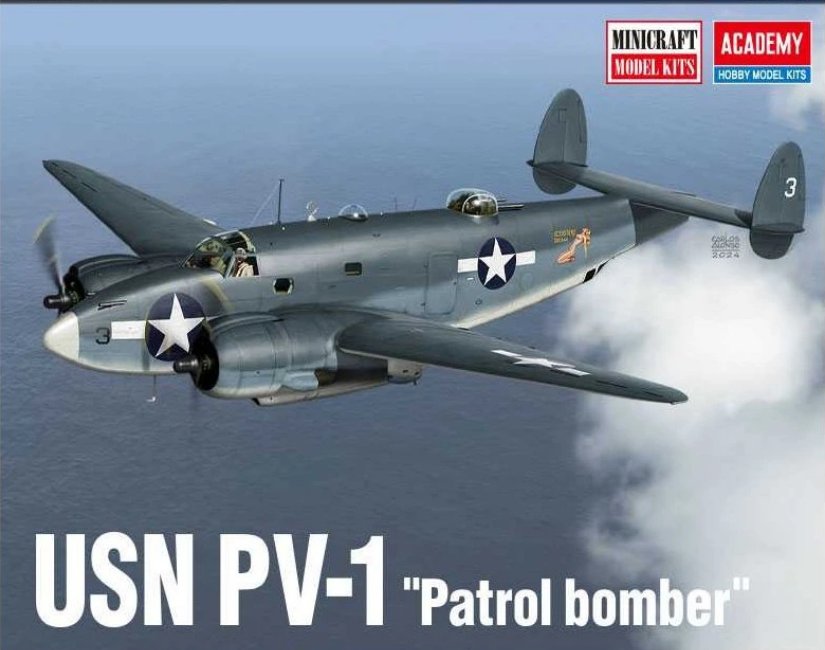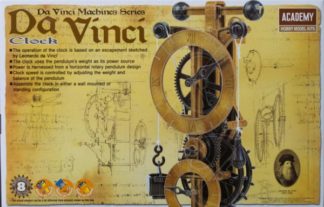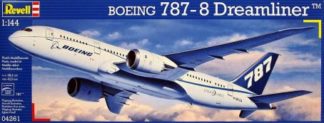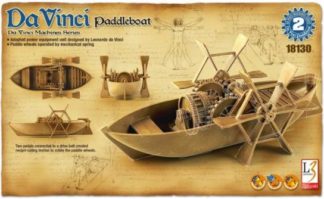Description
Basic information
Scale 1:72
Added to catalog on: 11.25.2024
Tags: Lockheed-Ventura
Manufacturer Academy
Academy 11 Sandan-ro 98beon-gil 11781 YONGHYEON-DONG South Korea
Responsible entity NETMARKET SP Z O O Czereśniowa 140/4 02-456 Warszawa Poland
Lockheed PV-1 Patrol Bomber ca.1942-45
Twin-engine aircraft primarily designed for long-range patrol and anti-submarine warfare missions in World War II. Navy version of the Lockheed Ventura, built by Lockheed subsidiary Vega Aircraft Corporation. (P-Patrol, V-Vega, 1).
Choice of 6 markings: (1) PV-1 “Scooters Dream”, unknown unit, Russell Islands, Solomon, mid-1943; (2) PV-1 “Blonde Blitz”, unknown unit, Russell Islands, Solomon, mid-1943; (3) PV-1 Patrol Bombing Squadron (VPB) 150, West Field, Tinian, Mariana Islands, Oct 1944; (4) B-34 “Lexington” built for RAF but used by USAAF for coastal patrols/training missions; (5) RB-34 “Lexington” USAAF, Randolph Field, TX, 1942 (‘R’ = ‘Restricted from combat use’); (6) B-34, Col Michael Alexandrovich Eryomin, 128th Air Division, ‘Za Pobedu’ (For Victory).
Lockheed Ventura was an American bomber, patrol and night fighter during World War II. The aircraft had a metal structure, in a spine-wing configuration with a landing gear retracted in flight. It was powered by 2 Pratt and Whitney R-1850 engines, 2000 HP each. The flight of the prototype took place in 1940, and serial production continued in 1941-1944. The armament was usually made of 8 Lewis machine guns with calibers of 7.62 mm or 7.7 mm or 12.7 mm and up to 1134 kg of bombs.
Lockheed Ventura was created in connection with the considerable demand of the British Air Force for new combat aircraft, especially bombs, which appeared at the beginning of World War II. Lockheed, responding to inquiries from the British side for a new medium bomber and patrol plane, proposed to redesign the Lockheed Lodestar passenger plane. The British side accepted this solution, but placed great emphasis on the pace of deliveries and production. The first aircraft entered the RAF line in early 1942 under the designation Ventura Mk. I. However, they had some disadvantages – most of all: underdeveloped deck armament and low maneuverability – which reduced their combat value. After their removal, the Lockheed Ventura turned out to be a very successful aircraft, with a solid structure, strong on-board weapons and good performance. It was also used by the USAAF, the American Marine Corps (designations PV-1 and PV-2), but also by the air forces, including Australia, New Zealand, and Canada.



